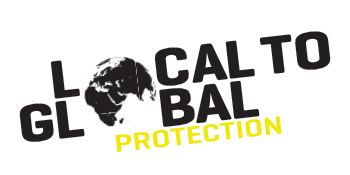This project is our choice, we are working hard to make it work. Even when we sleep we have this project in our mind.
Community Member, Kenya
The Humanitarian Economy
The Humanitarian Economy
Funding flows to national and local humanitarian actors
This briefing note and visualizations demonstrate current inequalities in the global humanitarian funding system. Not only is local humanitarian actors’ share of the global humanitarian funding very small – it is also extremely poorly tracked and documented.
Explore how money travels from the biggest backdonors through the largest international agencies to national and local actors in the collaborative piece “The Humanitarian Economy – where is all the money going” (external link) co-published with IRIN in 2015.
In 2013, just three large multilateral agencies received more direct funding from major donors than all other humanitarian actors combined. The same year, local and national humanitarian actors are only known to have directly received about 0.2 % of the overall global humanitarian response. Given the importance of local actors in humanitarian crises, the low levels of funding as well as the lack of detailed tracking and information of funding to local actors may in itself indicate a failure in transparency and accountability for the global humanitarian system as a whole.
May 2015
